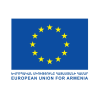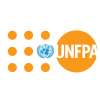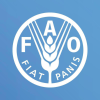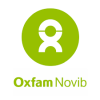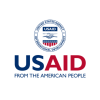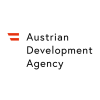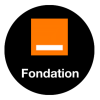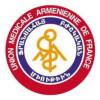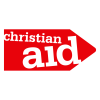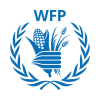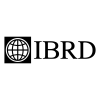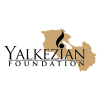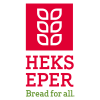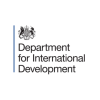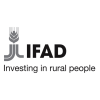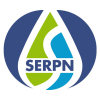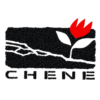Integrated Community Development (ICD) of a vulnerable community or a group of communities is integration and systemized solution of social, economic, and environmental issues. Shen actively apply this methodology in many Armenian villages where overall development requires systemic approach to cover many fields of rural livelihoods. Once certain components of rural infrastructures such as irrigation network, veterinarian service including artificial insemination, agriculatural machinery services, small-scale productions and the like are in place it builds solid basis for sustainable economic development of communities. Sustainability of all mentioned and several other infrastructures/services profoundly depends on permanent participation and involvement of community residents in decision making and implementation processes.

The inception phase starts with Participatory Rural Appraisal which is carried out with the direct involvement of the whole community. This is followed by convening a General Meeting of the community where a Community Action Group (CAG) is elected. Furthermore CAG together with Shen’s representatives initiates drafting Community Strategic Plan. This is a vital process which eventually lays ground for the community's sustainability. Implementation of ICD model allows sizeable involvement of community members in all planned activities using the capacity of both the community and the NGO to effectively fulfil the planned projects even during the times of economic crisis.
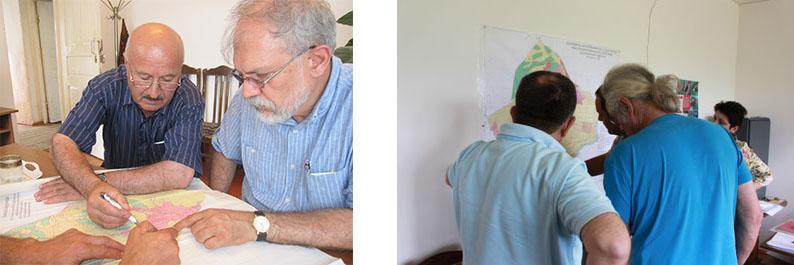
Since 2001 Shen NGO adopted the ICD model and during the past decade it yielded tangible results in the target communities selected according to Shen poverty criteria. Projects implemented in a number of communities from different marzes of the country proved the relevance of the strategy chosen by Shen (see Completed Projects). Thus, we witnessed how it is possible to efficiently employ the limited resources and achieve sustainability for the welfare of the community. In all projects having physical infrastructure rehabilitation or construction components the beneficiary communities must have at least 20% community contribution of the total cost of the project.
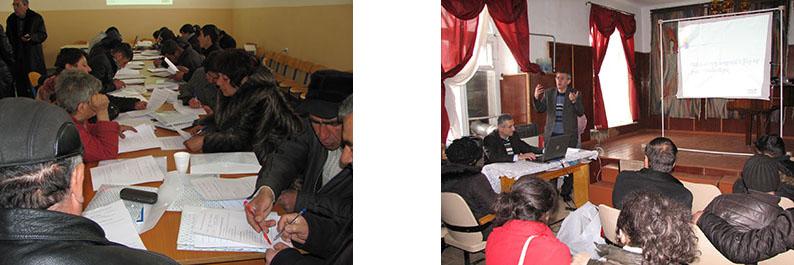
Most importantly, the application of ICD approach guided the beneficiary communities-in-the-transition from passive service recipients to empowerment and capacity building. After the stage of participation, collaborative planning and decision-making the communities get equipped with tools to maintain the accomplished results aiming at sustainability as well as internally monitor the accomplished tasks. Shen puts special emphasis on transferring that model from the beneficiary community to its neighbouring communities.





